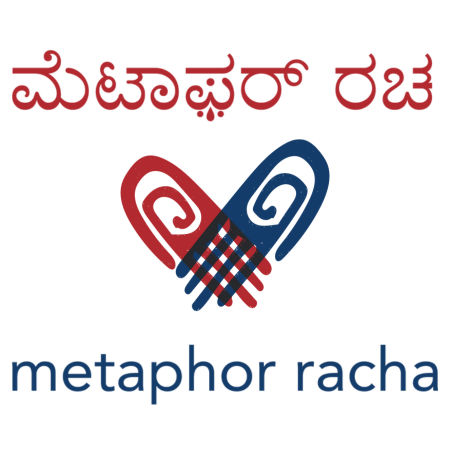When to use Apron?
Aprons protect clothes from dust, dirt, spills, heat, and debris during cooking, serving, cleaning, or creative tasks.
Which Apron is best for the kitchen, hotels, or other industries?
An apron made from lightweight cotton material, intelligently designed to serve its purpose, is the best; however, the Apron's design and colour change according to the context of occupation, society, and even status.
In which industries are Aprons used daily?
Chefs, bakers, painters, artists, homemakers, gardeners, blacksmiths, cobblers, barbers, stewards, butchers, mechanics, etc., wear aprons.
Why is Apron white in colour?
Chefs generally wear a traditional white apron, which is highly visible and signifies cleanliness. However, butchers traditionally wore blue pinstriped bib aprons, mechanics and butlers wore dark green, English barbers wore checkered patterns, gardeners and spinners wore blue, and cobblers and blacksmiths wore black. The women in the kitchen wore pastel colours or dainty printed ones embellished with pleats, lace or embroidery, and artists had no colour barrier.
 |
 |
| Wearing an apron is like wrapping yourself in preparation for life's messy but beautiful moments. |
What are the different kinds of Aprons?
- Pinafore: It was initially a "bib" style apron that covered the chest and was fastened with pins, hence its name. It was commonly associated with a ruffled apron in the 1900s that little girls wore.
- Hostess Apron: A 1950s term for a half apron usually made of a daintier fabric, such as organdy, lace, satin, silk, or cotton lawn. It is also a term for an apron made for "show" and not for actual work. It is also called a Cocktail Apron or Party Apron.
- Bib: The top portion of an apron that covers the chest, usually a simple square.
- Half Apron: An apron tied around the waist without a bib. It is usually gathered or pleated into a waistband.
- A Full Apron describes an apron covering the whole front, not a half apron.
- Princess Apron: This is a full apron with a bib and skirt cut in one, with no waist seam. It was very popular in the 1920s and 1930s.
- Smock: This is more like a dress than an apron. It can have sleeves. It was popular in the 1930s for painting and gardening.
- Cobbler Apron: This Apron covers the front and the back, usually straight, with ties or buttons at the sides. It was popular in the late 1950s and 1960s.
- Chef's Apron: A traditional apron made in one piece with a straight "skirt" and bib. Goes over the head and ties in back with ties. Also called a Butcher apron.
Who invented the Apron and why?
In the 14th century, a small tablecloth, known as a "naperon" in medieval French, was placed over the larger tablecloth to protect it from spills. Around the 17th century, the word "apron" evolved into what we know today, and it was an article worn as a layer atop clothing to protect it.
What is essential in an Apron?
An apron, a genderless item of clothing made of any natural fibre that breathes well, is a must. The fabric should be light and able to withstand multiple washes. A mindful design, like extra pockets, will allow access to store things like silverware, straws, napkins, and dairy when hands are full with other items. An apron made from leather is not uncommon.
From its humble beginnings as a tablecloth accessory to its modern-day significance in various industries, the apron has come a long way. Whether you're cooking up a storm in the kitchen or unleashing your creativity in the studio, a good apron is your faithful companion, protecting your clothes and enhancing your workflow.
| Shop our Aprons here |
